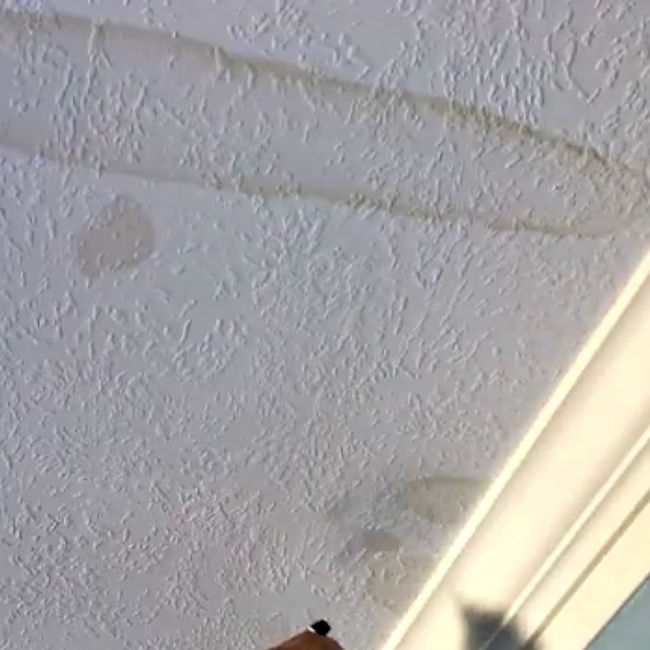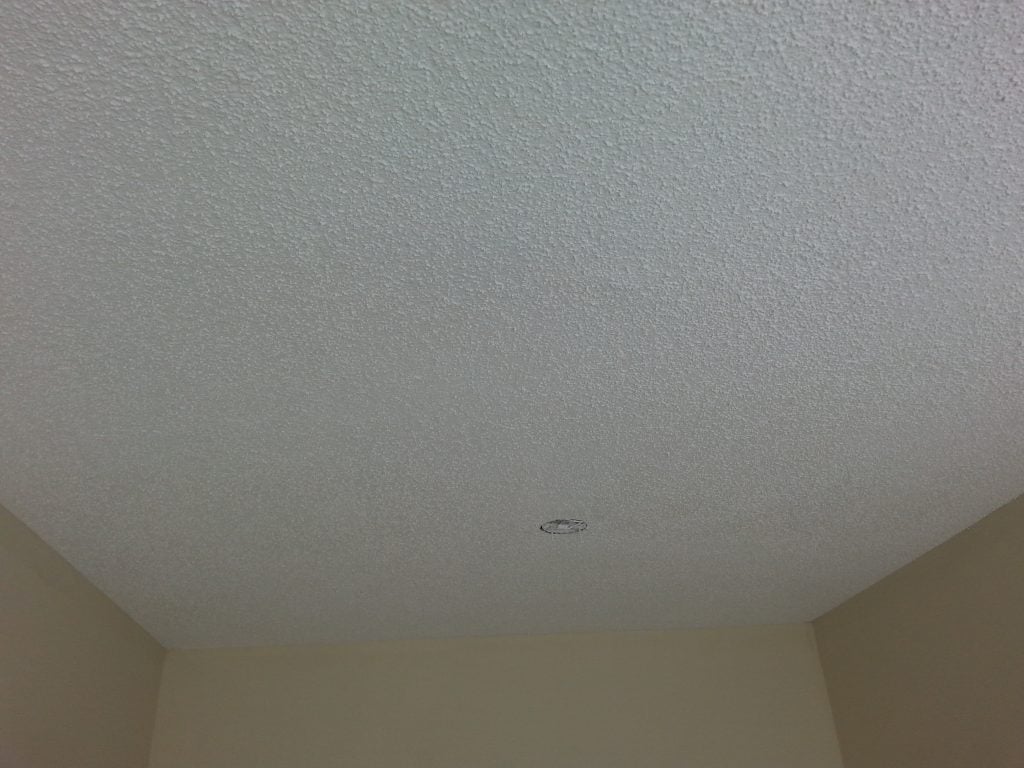Locating and Solving Stains from Water on Walls
Locating and Solving Stains from Water on Walls
Blog Article
We've stumbled on this great article relating to Indicators of Water Damage Behind Walls below on the internet and felt it made sense to discuss it with you on this site.

Water stains on wall surfaces are not positive to the eyes. Sometimes it appears nearly unavoidable to experience water spots on wall surfaces in residences.
House owners staying in humid regions constantly manage the worry of water spots on walls. Yet that does not need to be the case for you. With well-rounded and accurate information on the causes of water stains and prompt repair work procedures, you will certainly constantly be an action ahead of such events. This article guarantees to be a helpful overview for you.
3 Typical Root Causes Of Water Stains on Walls
In contrast to common belief, water spots on wall surfaces do not constantly originate from poor structure products. There are numerous sources of water stains on walls. These consist of:
Damp
When hot damp air meets dry cold air, it creates water beads to form on the walls of structures. When there is steam from food preparation or showers, this occurs in shower rooms and cooking areas. The water beads can discolor the surrounding walls in these parts of your residence and spread to other locations.
Damp or condensation influences the roofing as well as wall surfaces of buildings. This triggers them to show up darker than various other locations of the home. When the wall is wet, it produces an ideal setting for the development of fungi and also germs. These may have negative results on health, such as allergies and also respiratory problems.
Poor Drain
When making a structure plan, it is critical to ensure adequate water drainage. This will prevent water from leaking right into the wall surfaces. Where the water drainage system is clogged or missing, below ground dampness develops. This links to extreme dampness that you see on the wall surfaces of your building.
The leading reason of wet wall surfaces, in this situation, can be a bad water drainage system. It can additionally result from bad management of sewage pipes that run through the structure.
Pipeline Leaks
Many homes have a network of water pipes within the wall surfaces. It constantly enhances the practicality of such pipelines, as there is little oxygen within the wall surfaces.
Yet, a drawback to this is that water leakage influences the wall surfaces of the building as well as creates extensive damage. An indication of damaged pipes is the appearance of a water stain on the wall.
Pro Suggestion
A houseplant in your house likewise raises its humidity. If the home is already moist, you may desire to introduce houseplants with very little transpiration. An example of ideal houseplants is succulents.
Water Spots on Wall: Repair Work Tips
Property owners would generally desire a quick fix when handling water discolorations. They would certainly soon understand this is counterproductive as the water spots recur. So, below are a few helpful pointers that will certainly guide you in the repair service of water spots on walls:
Final thought
No one wants to have water stains on walls in their house, it can happen to the best of us. This write-up provides you take advantage of, as you currently understand just how to manage this mishap if it does take place.
It is always best to recruit professional services to help fix the damages in your home.
In some cases it seems almost unpreventable to experience water spots on walls in houses.
Contrary to prominent belief, water spots on wall surfaces do not constantly stem from inadequate structure materials. There are a number of reasons of water stains on wall surfaces. The water beads can discolor the surrounding walls in these components of your residence and spread to other locations.
Right here are a few helpful suggestions that will certainly direct you in the repair service of water spots on walls:
CHECKING FOR WATER DAMAGE
Water damage can be costly, and it may begin before you even notice the first signs of trouble. Water damage can cause mold and mildew in your walls and floors, which can create an abundance of health concerns for your family. It can also lead to costly repairs of various appliances and general home fixtures. To avoid the pricey consequences of water damage, here are Warner Service’s top 5 places you should check:
The walls – The easiest place to spot the beginnings of water damage is on the walls and ceilings of your home. If water damage is present, there will most likely be water stains, especially around the windows and doorframes, and/or cracks in the drywall. If a stain looks unusual (discolored to brown, black or gray, raised texture), has a swollen appearance or is soft to the touch, contact a professional immediately. The pipes – To avoid water damage, consistently check the pipes in your kitchen (especially the dishwasher and ice maker), bathrooms, laundry room (specifically washing machines) and basement for corrosion, leaks and water stains. Pay special attention to where the pipes connect in your home and the location of caulking around the bathroom fixtures, including toilets, sinks, showers and tubs. Missing or loose caulking and grout could be signs of leaking water. This seepage can also quickly cause mold and rust, so double check your water heater and tank for wet spots on the floor. The floor – Water damage is very easy to spot on the floor. Look for any warping or buckling of the material, especially in the basement. If your home has wood flooring, look for bright white or dark stains. If your home has carpeting, keep it dry and clean. A damp carpet that smells of mold could cause water damage and health problems. To avoid this, consider installing floor pans under your appliances to help prevent damages from small, slow and undetected leaks. The basement and attic – If your basement or attic smells odd check for mold and mildew around the area, especially the valley where the roof meets. While you are inspecting those areas, check for wall cracks, floor stains, rust and dampness in the insulation. If you live in a colder and/or rainier climate, perform routine checks for water damage from melting snow or ice and rain. The exterior – Check the roof for damaged flashing and missing, cracked or curled shingles. There should also be no standing water anywhere outside your home. This could be caused by puddles, leaky rain gutters or hoses, poor drainage, or short gutter spouts. Invest in a sump pump system or water flow monitoring system, and perform routine maintenance on these outdoor appliances to avoid indoor water damage.

We hope you enjoyed reading our post on . Many thanks for finding the time to read our post. Loved our post? Please share it. Let others locate it. Thank you so much for taking the time to read it.
Schedule Now Report this page